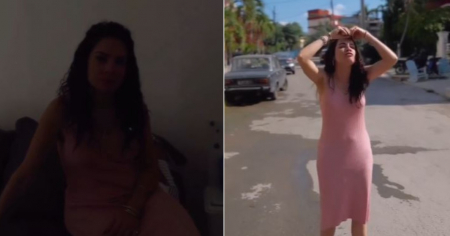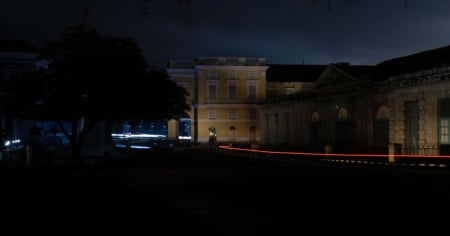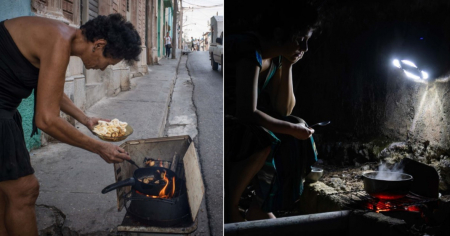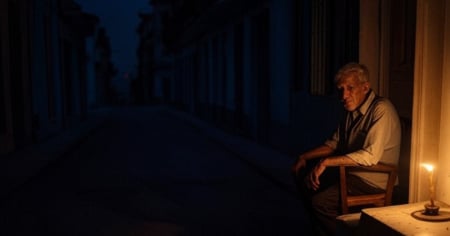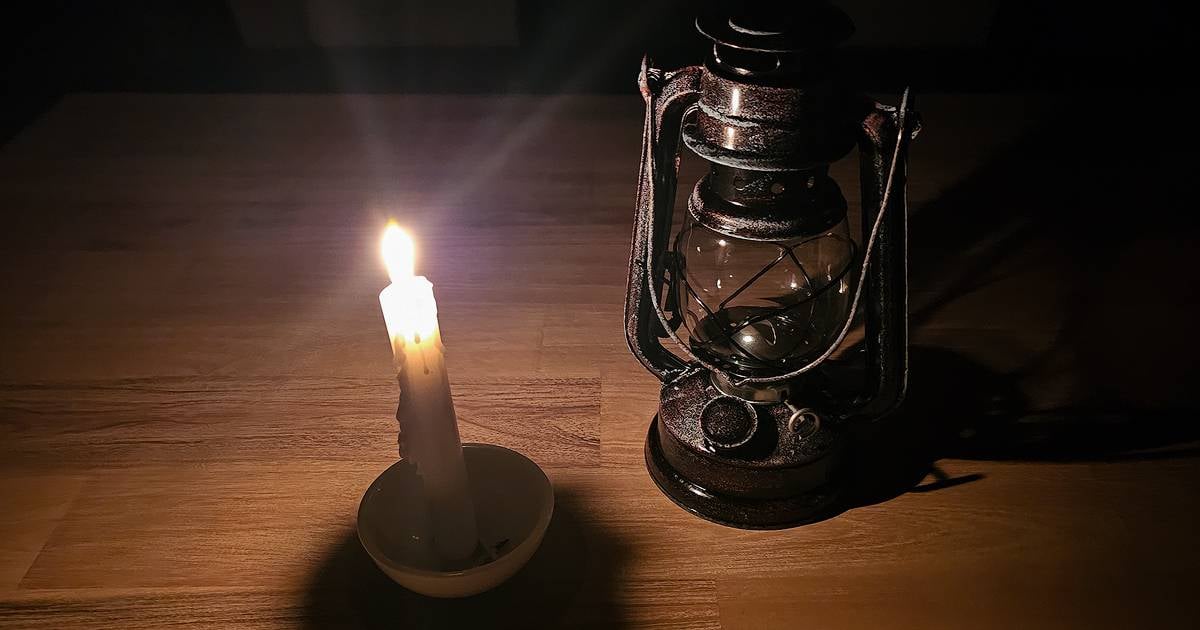
Related videos:
The energy crisis in Cuba continues to worsen and hits hardest in the central and eastern provinces of the country, where blackouts exceed 20 hours a day, leaving the population in a desperate situation.
The lack of electricity generation, breakdowns in thermal power plants, and the fuel deficit have pushed the National Electroenergy System (SEN) to a critical situation, with a generation deficit of nearly 1,600 megawatts (MW).

Critical situation in Ciego de Ávila and other provinces
The province of Ciego de Ávila is facing such a severe electrical crisis that the general director of the local Electric Company, Daniel Pérez García, compared it to a "disconnection from the National Electric System."
In statements to the Invasor Newspaper, he detailed that the situation will not improve. The region will continue to experience blackouts until the thermoelectric plants (CTE) are synchronized again and generation increases.
This reality also affects other provinces in the central and eastern parts of the country, where the population is left without electricity for nearly the entire day.
This Tuesday, the official report from UNE recorded eight power generation units out of service due to breakdowns or maintenance, including:
- Unit 3 of the CTE Santa Cruz
- Unit 3 of the CTE Renté
- Units 1 and 2 of the CTE Felton
- Unit 2 of the CTE Santa Cruz (maintenance)
- Units 3 and 4 of the CTE Cienfuegos (maintenance)
- Unit 5 of CTE Renté (maintenance)
Power outages of more than 20 hours a day
The lack of generation has caused blackouts in several provinces in the central and eastern parts of the country to last up to 20 hours a day, leaving only short intervals of time with electricity service.
This situation severely impacts the daily life of the population, affecting food preservation, meal preparation, and the operation of essential appliances.
"It's no longer just the inconvenience of not having electricity; we can't cook, the fans aren't working, and the children can't sleep. It's unbearable," commented a resident of Camagüey on social media.
Is a solution in sight?
The Electric Union of Cuba (UNE) has announced that it is working on the integration of new renewable energy sources to alleviate the crisis, with the construction of three photovoltaic solar parks in Ciego de Ávila. However, the projects have faced delays due to a lack of supplies and theft of materials, casting doubt on their short-term effectiveness.
In the case of the solar park located in Grego, which is expected to contribute 21.87 MW to the SEN on March 29, authorities have warned that the synchronization date could be delayed. Meanwhile, the situation remains unsustainable for residents of the most affected provinces.
Outrage and despair among the Cuban population
Cubans have expressed their frustration on social media and in local media, denouncing the lack of responses and solutions from the government.
Some comments on social media reflect the despair of those enduring constant power cuts. “We always get the short end of the stick; the central-eastern area is the most affected. There’s no guts to cut the power in Havana,” said a user.
"They have taken away even our dignity," commented another person, while an internet user demanded that the government stop distorting information about the energy crisis: "It’s better for them to remain silent than to keep lying."
The energy crisis in Cuba has been in a serious state for more than five consecutive years, and there is no immediate solution in sight. Authorities have not provided answers regarding when the conditions of the electrical service might improve. In the meantime, the population in the central and eastern regions of the island continues to endure endless blackouts and an increasingly deteriorating quality of life.
Frequently Asked Questions about the Energy Crisis in Cuba
What is the current situation of the electrical system in Cuba?
The energy crisis in Cuba has intensified, primarily affecting the central and eastern provinces of the country. Blackouts exceed 20 hours daily due to a generation deficit of nearly 1,600 megawatts (MW), with multiple units out of service due to failures or maintenance. This situation severely impacts the daily lives of the population, which faces difficulties in carrying out essential activities such as cooking and preserving food.
What measures is the Cuban government taking to resolve the energy crisis?
The Electric Union of Cuba (UNE) has announced efforts to incorporate new renewable energy sources, such as the construction of solar parks in Ciego de Ávila. However, these initiatives have faced delays due to a lack of supplies and theft of materials, which casts doubt on their short-term effectiveness. So far, there are no clear indications of an immediate solution to the energy problem.
How does the energy crisis affect the Cuban population?
The Cuban population is experiencing a significant deterioration in their quality of life due to prolonged power outages. Citizens are facing difficulties in cooking, preserving food, and using essential appliances, which causes great frustration and desperation. Additionally, the lack of electricity affects children, who struggle to sleep without fans, as well as the entire population that is forced to alter their daily routines.
What has been the reaction of the Cuban population to the constant blackouts?
The Cuban population has expressed their frustration and discontent through social media and protests. Citizens criticize the lack of responses and effective solutions from the government, and denounce an unequal distribution of the electrical supply. Moreover, protests have been recorded in several provinces, reflecting the growing social unrest in light of the ongoing energy crisis.
Filed under:

